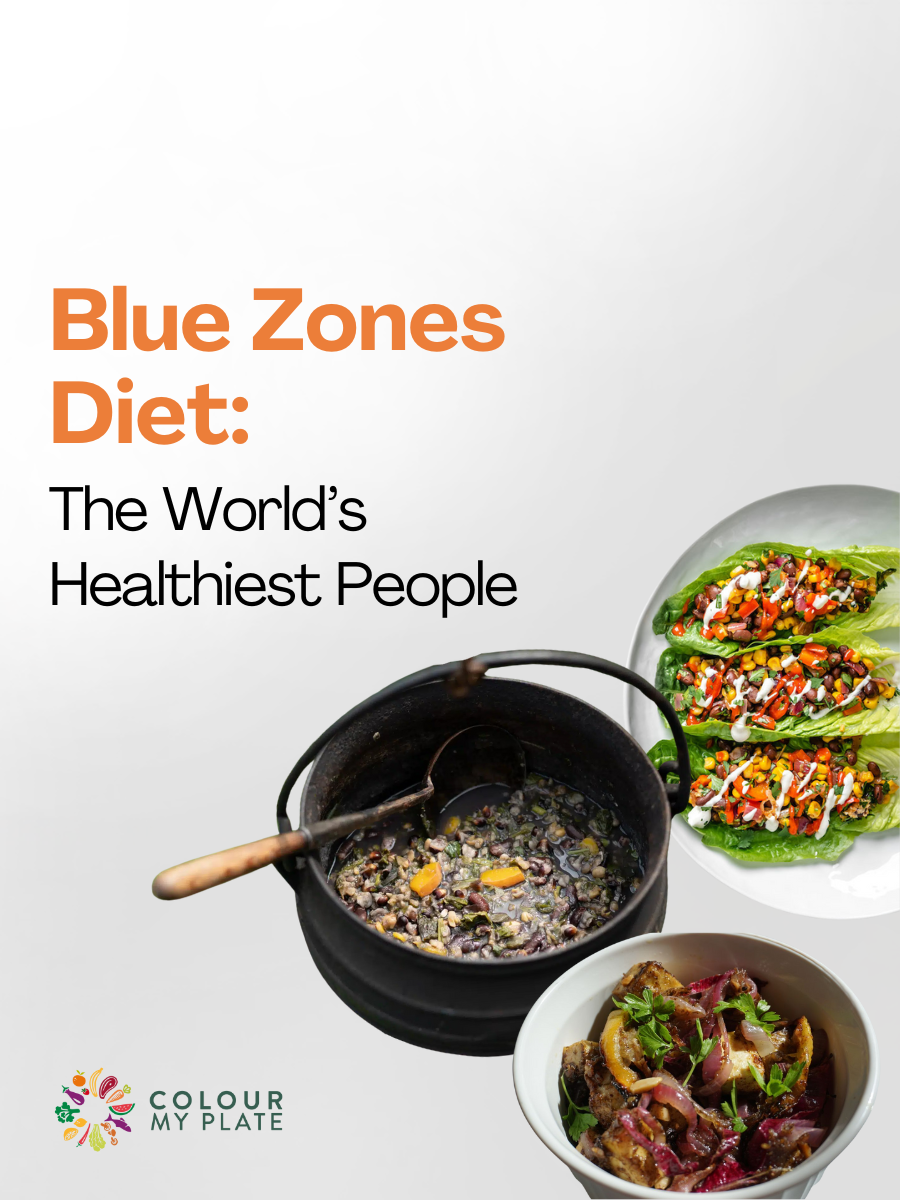
![]() 27 Aug 2025
27 Aug 2025
If you’ve ever wondered what people who live past 100 are doing differently, the answer might be simpler than you think. Researchers studying Blue Zones, regions of the world where people live the longest, healthiest lives, have found that what they eat (and how they live) plays a huge role in their wellbeing.
And the best part? Their habits aren’t based on expensive supplements or complicated rules. It’s mostly real food, strong community, and small daily routines that add up over time.
National Geographic and longevity expert Dan Buettner coined the term Blue Zones during research on healthy aging. They found five regions where people consistently live longer than average, and not just in years, but in health, too.
These areas include:
Okinawa, Japan
Sardinia, Italy
Nicoya, Costa Rica
Ikaria, Greece
Loma Linda, California
But for a place to be officially recognized as a Blue Zone, it’s not just about a few people reaching 100. There’s a strict set of demographic criteria that must be met. First, the extreme ages of the oldest people must be verifiable through official records. Then, the region must show higher-than-average life expectancy at the national and local levels, with consistently better survival rates at older ages. Only after all of that can an area be considered a true Blue Zone.
In other words, Blue Zones aren’t just inspiring stories, they’re backed by solid population data and scientific review. These communities offer valuable insight into how everyday choices can support long, healthy lives.
While each region has its own traditional foods, the overall pattern is surprisingly consistent:
Mostly Plant-Based
Legumes (like beans, lentils, and chickpeas), whole grains, seasonal vegetables, nuts, and seeds form the base of their meals. Meat is eaten occasionally, often as a flavor enhancer rather than the main event.
Minimal Processed Foods
Meals are centered around whole, minimally processed ingredients. Packaged snacks, sugary drinks, and refined flours are rare in these diets.
Natural, Unforced Portions
There’s a principle in Okinawa called Hara Hachi Bu, which means eating until you’re about 80% full. It’s a mindful approach that prevents overeating without counting calories.
Regular Meals, Often with Company
Food is part of daily rhythm, not rushed or skipped. Meals are enjoyed with family or friends, which contributes to emotional well-being too.
Simple, Nourishing Beverages
Water, herbal teas, and occasionally red wine (in moderation) are common across Blue Zones. Sugary drinks are not a daily habit.
You don’t need to move to Sardinia or give up modern life to benefit from these habits. Here are a few easy ways to bring Blue Zones-inspired eating into your routine:
Add beans to meals a few times a week
Build meals around vegetables, grains, and healthy fats
Keep fruit on hand for natural snacks
Eat slowly and step away from screens while eating
Plan regular meals with friends or family, even if it’s just once a week
These aren’t extreme changes. They’re gentle shifts that support energy, digestion, and long-term health, the kind of small things that make a big difference over time.
The Blue Zones offer a powerful reminder that healthy living doesn’t have to be complicated. By focusing on whole foods, connection, and simple routines, we can borrow from the world’s longest-living people and bring their wisdom into everyday life. Longevity isn’t just about living longer, it’s about feeling well while doing it.

We noticed you haven't completed your delivery details.

Your message is sent